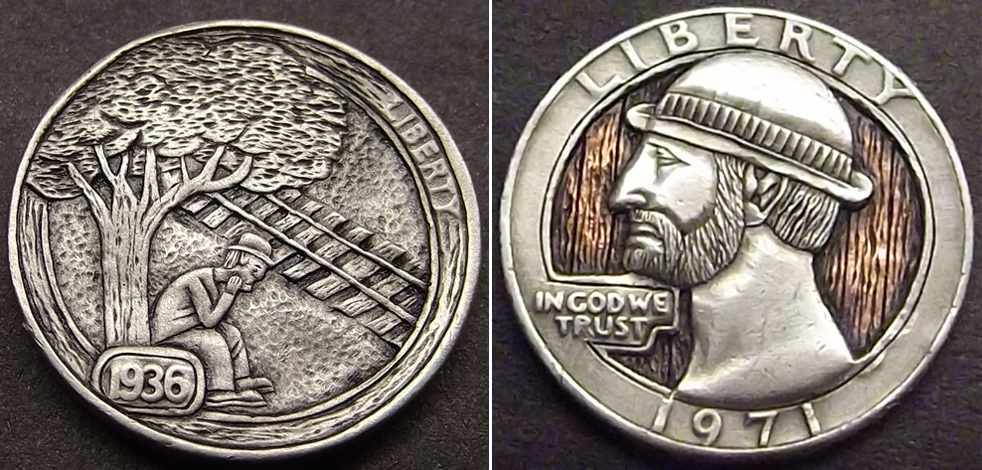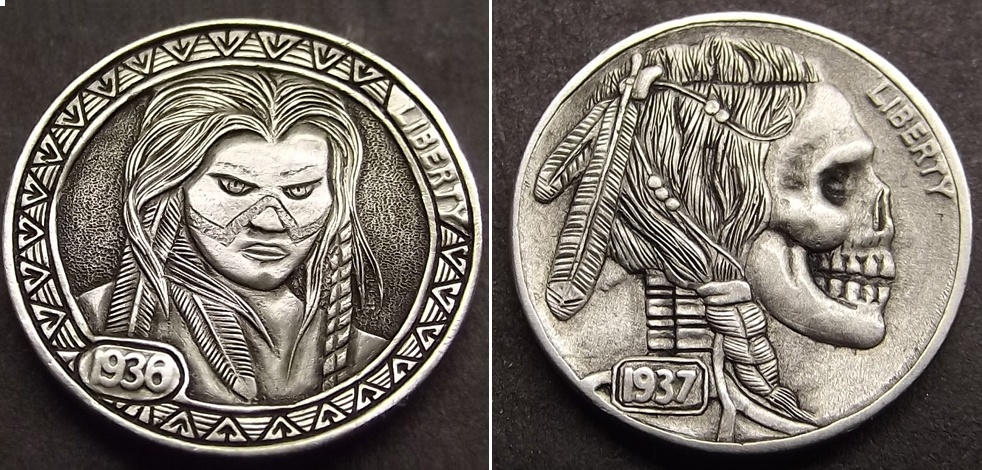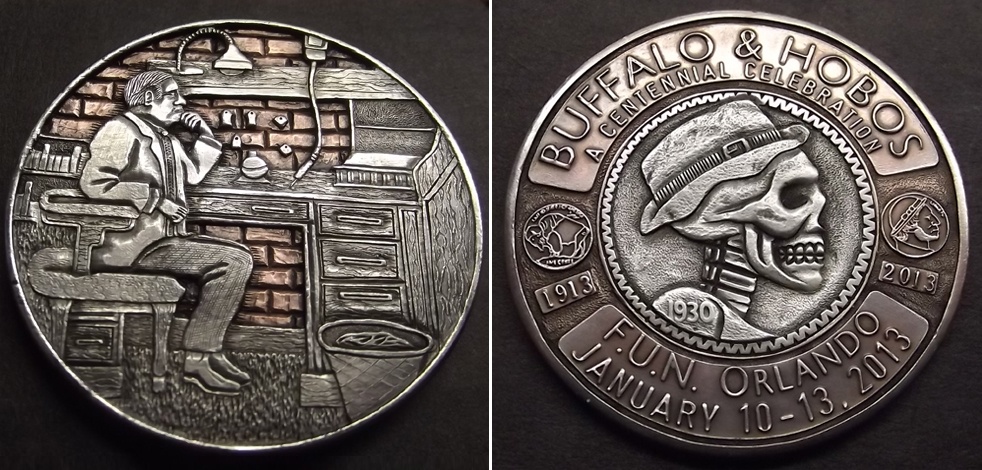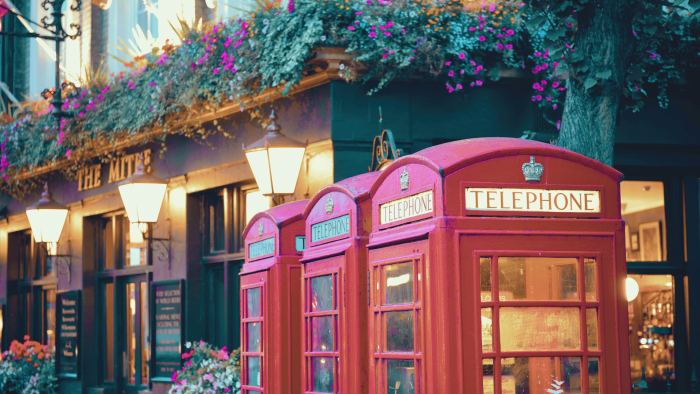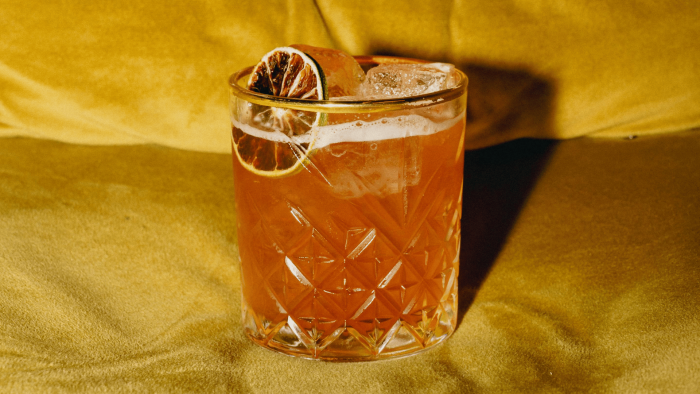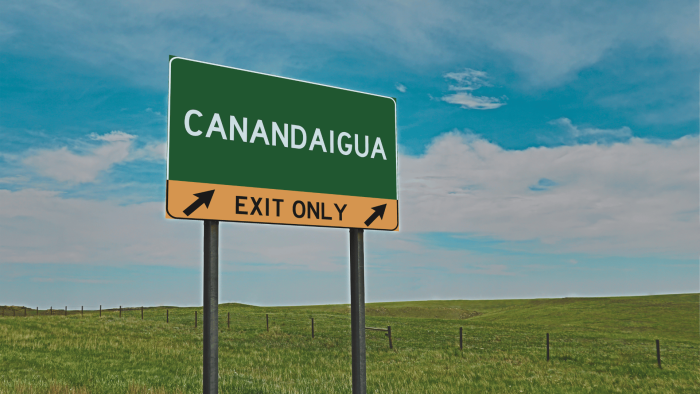It was the Buffalo nickel that was introduced in 1913 that really gave rise to the hobo nickel in America. Clever artists would take the coins and alter the images to create tiny works of art. It kicked off an underground movement, and old ones are highly desired by collectors today.
The art did not die with the Buffalo nickel, however. Artists like Shane Hunter have continued the tradition. We spoke to Hunter about how he crafts these mini masterpieces, how much he fetches per coin, and how he got into it. Oh, and he was awesome enough to send us one to giveaway to you (more about that after the interview).
![]() What made you get into doing this?
What made you get into doing this?
![]() I was searching old U.S. coins on ebay one day and I happened to see a hobo nickel. It was a weird coin that looked like someone scratched it up with a knife, and it was selling for around $60. I did some research and found OHNS (Original Hobo Nickel Society) where I learned more about them, and then decided to try my hand at the art of hobos.
I was searching old U.S. coins on ebay one day and I happened to see a hobo nickel. It was a weird coin that looked like someone scratched it up with a knife, and it was selling for around $60. I did some research and found OHNS (Original Hobo Nickel Society) where I learned more about them, and then decided to try my hand at the art of hobos.

![]() What’s the process like to create one?
What’s the process like to create one?
![]() When I first started, I made little tools out of screwdrivers and used a rotary. Now, I use an air graver, push graver, and a few custom made bits and the rotary. I start by sanding down the profile and then using an air graver I do the outline of the design and border. After the outline is done, I hand push a flat graver for 90% of the coin. After the carving, I sand and texture the coin using air or the rotary depending on texture.
When I first started, I made little tools out of screwdrivers and used a rotary. Now, I use an air graver, push graver, and a few custom made bits and the rotary. I start by sanding down the profile and then using an air graver I do the outline of the design and border. After the outline is done, I hand push a flat graver for 90% of the coin. After the carving, I sand and texture the coin using air or the rotary depending on texture.
![]() How long does it take to make one?
How long does it take to make one?
![]() Carving coins varies in time depending on the design and detail. I have done a common skull in as little as 30 minutes while others take many hours.
Carving coins varies in time depending on the design and detail. I have done a common skull in as little as 30 minutes while others take many hours.

![]() How much do you sell them for?
How much do you sell them for?
![]() I put them up on ebay, start bids at $59.95, and run them for seven days. The most I have ever gotten for one was $700.
I put them up on ebay, start bids at $59.95, and run them for seven days. The most I have ever gotten for one was $700.
![]() Do you have a favorite you’ve done?
Do you have a favorite you’ve done?
![]() This one is my favorite coin to date. There was a new category made to accommodate the pictorial silhouettes I created, and this was the first one.
This one is my favorite coin to date. There was a new category made to accommodate the pictorial silhouettes I created, and this was the first one.
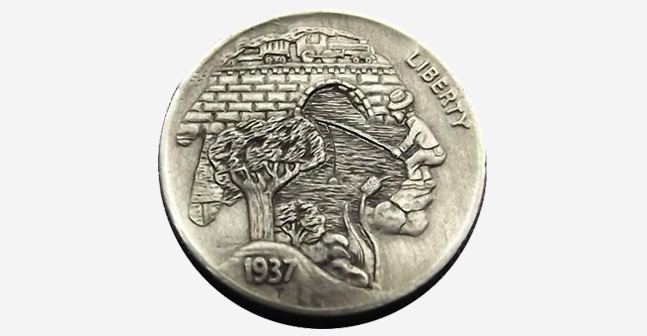
GIVEAWAY
Shane was cool enough to give us one of his famous skull hobo nickels to give away to you. If you want to enter to win it, simply sign up here for our newsletter. If you already receive the newsletter, enter your email address so we know you want to take part in the contest, and you won’t receive an extra email. We’ll pick a winner at random on 10/23/14. Good luck!
Grandprize winner: dy…[email protected]
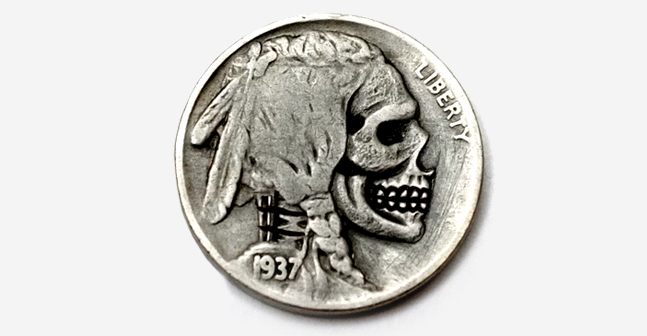
Click here to check out more of Shane’s work.
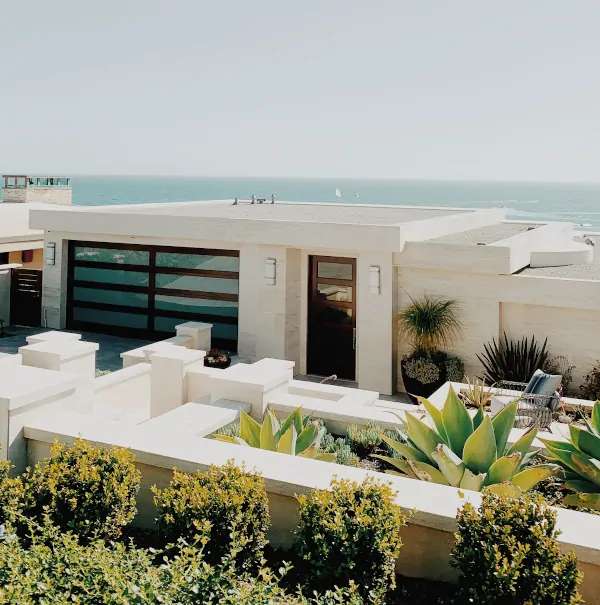
![The Story of Hobo Nickels and Your Chance to Win One [CLOSED]](https://coolmaterial.com/wp-content/uploads/2014/10/hobo-nickle-story-2.jpg)
